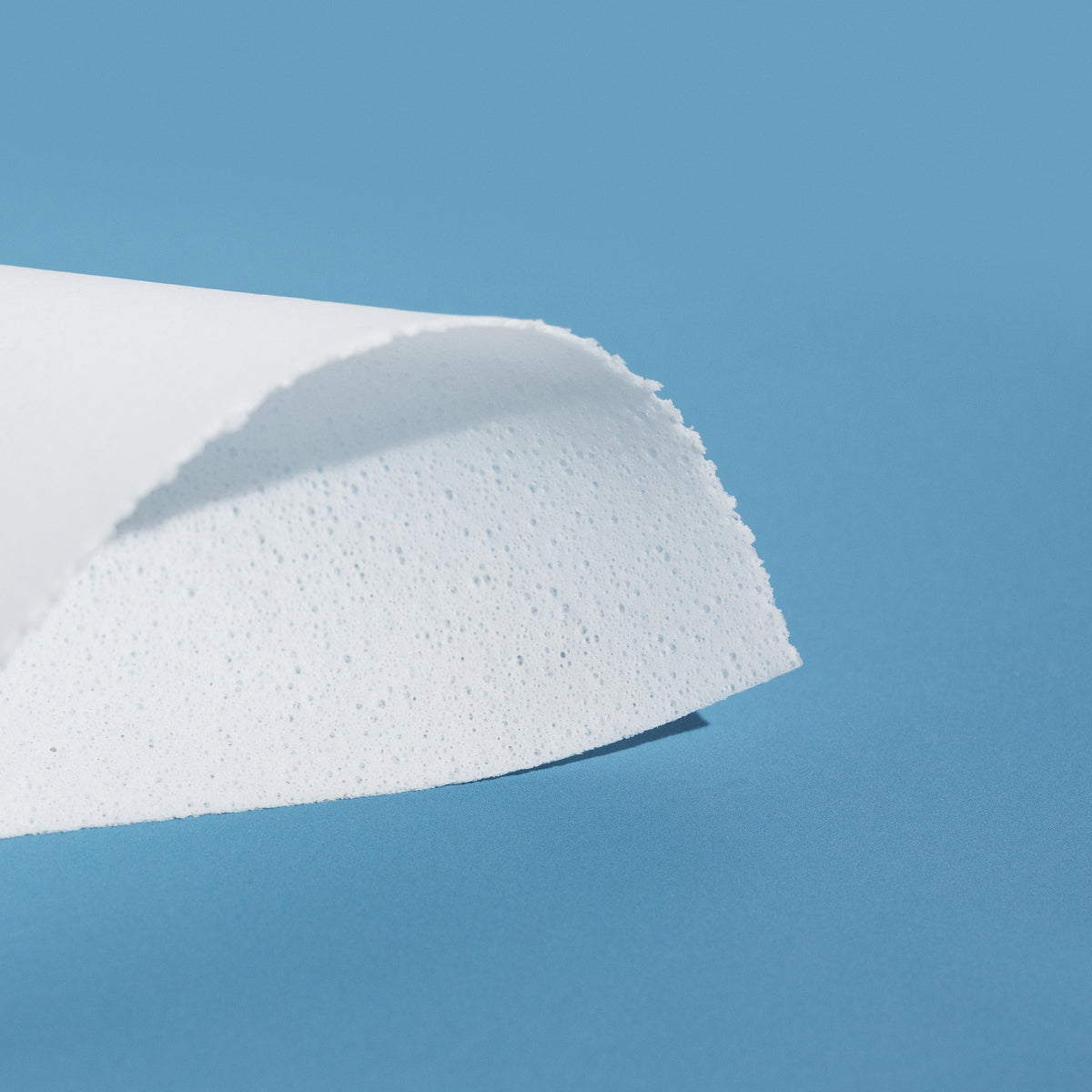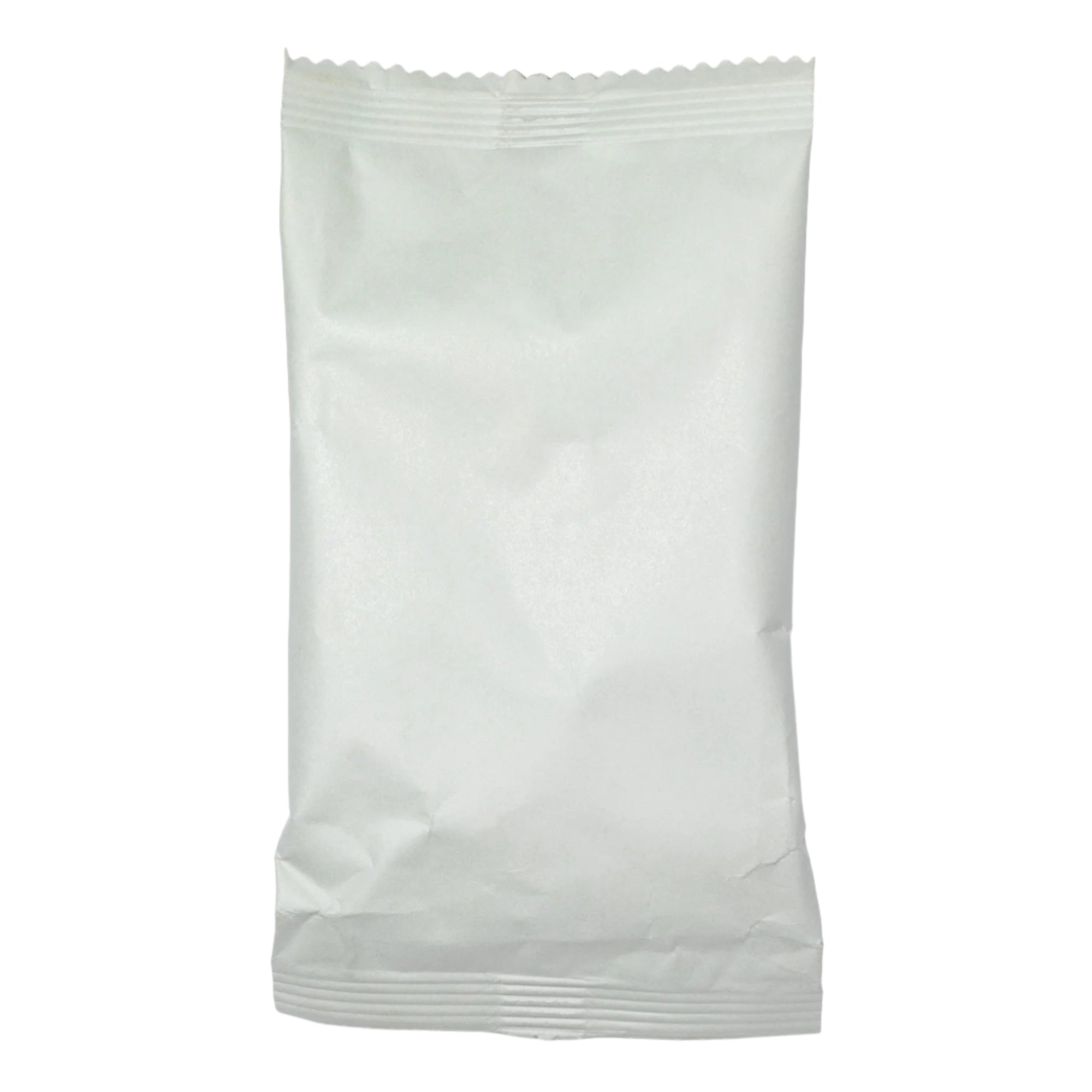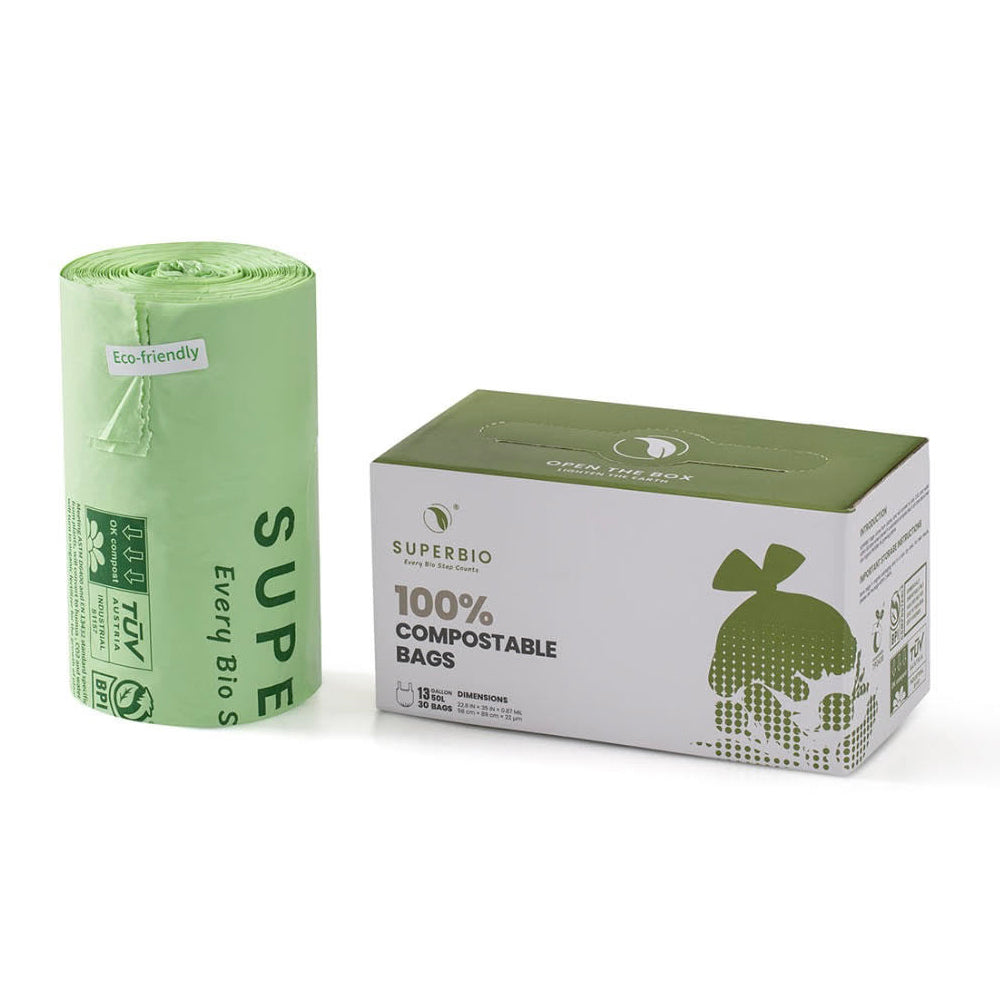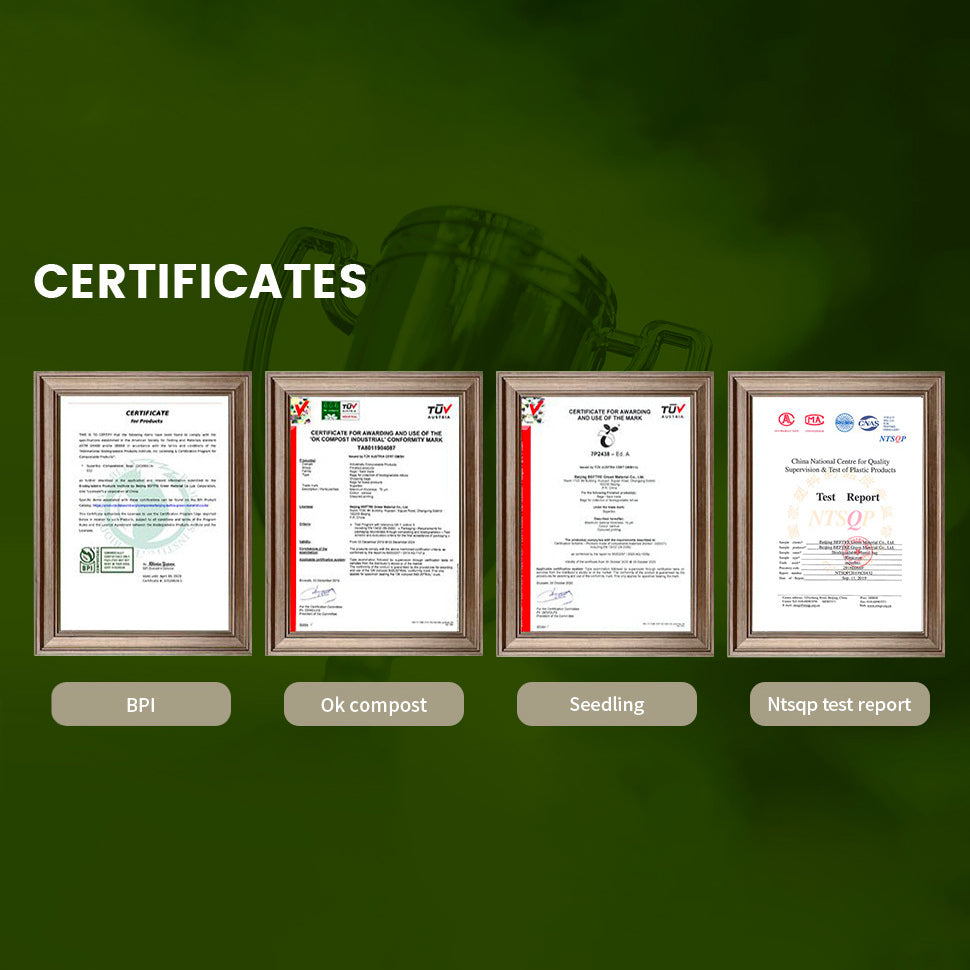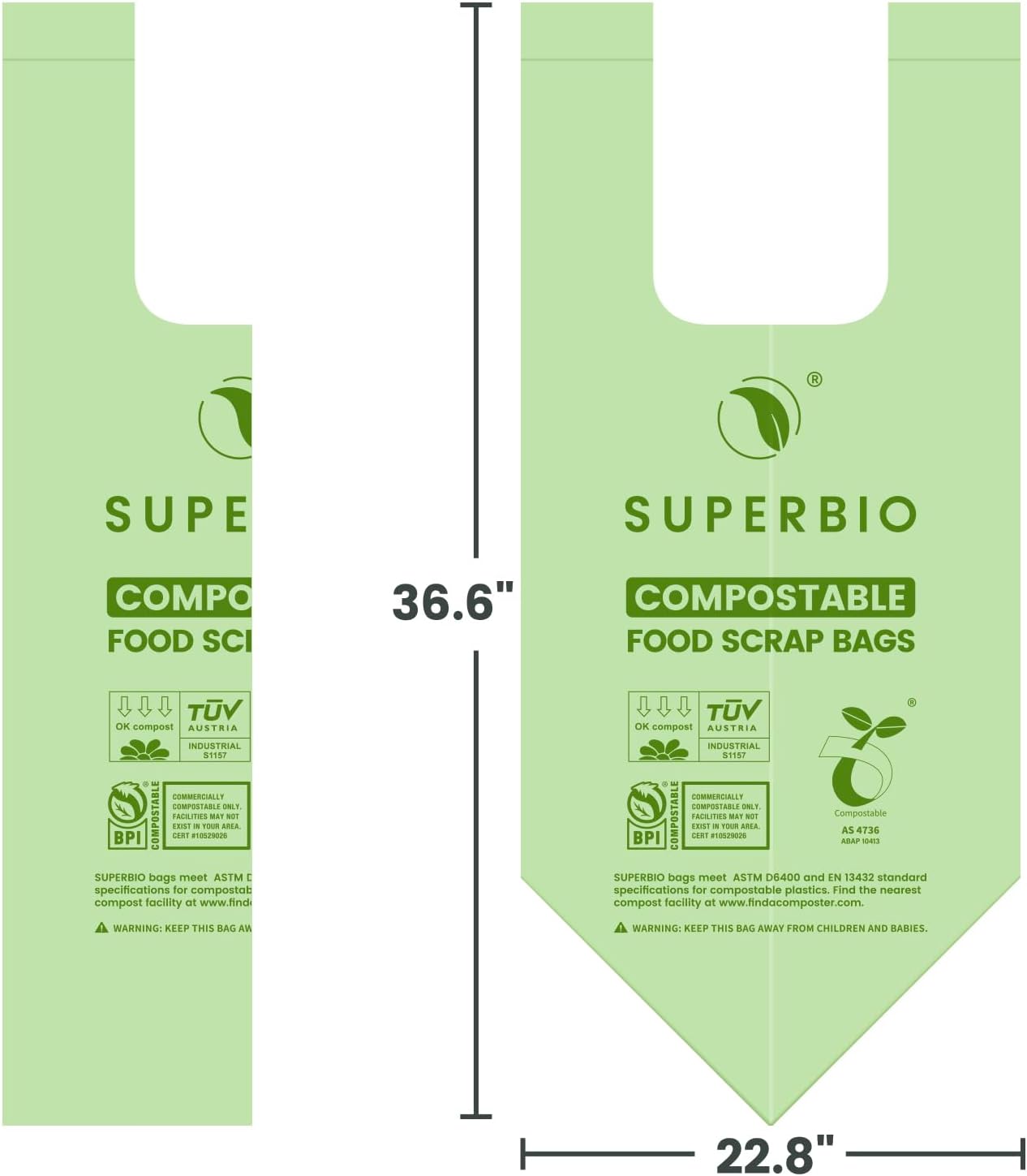Scientists Reveal Eerie Hidden Structures Beneath the Pacific
A vast expanse of ocean hides many natural riddles. One of the latest concerns odd formations deep inside the Earth.
Researchers are puzzled. Strange pockets under the Pacific Ocean are confusing geologists worldwide.
These are not remnants of modern tectonic plates or even typical volcanic systems. They raise questions about the processes beneath the ocean floor. A global team of experts used advanced technology to detect these anomalies. These structures appear colder—or perhaps different in mineral makeup—than the surrounding mantle. This deviates from standard tectonic theory, and scientists have no easy explanation.

Photo: Pexels
Researchers detected unexpected structures deep below the Pacific.
Possible Ancient Material or Something Else?
Many suspect these could point to ancient material. Others propose that iron-rich rocks separated inside the planet’s interior. Nobody can confirm the right answer yet, but earthquakes have provided a clue. Quakes release seismic waves that move through Earth in complex ways. Researchers tracked their speed and found surprising irregularities, reports IFLScience.
The structures might be old tectonic plate remnants or newly formed zones. The research team was hesitant to settle on one origin. The fact that the Pacific is one large plate rules out subduction, or plate descent, in the usual sense.

Photo: Pexels
Experts suspect ancient remnants from Earth’s early mantle.
Cold and Enigmatic Zones
These cool patches appear around 600 to 2,800 kilometers below the ocean, according to the study published in Scientific Reports. At this depth, seismic waves slow down or speed up in odd ways. The authors used full-waveform inversion for a detailed 3D image of Earth’s mantle. Traditional models relied on a few selected waves, while full-waveform inversion captures every available seismic signal.
Researchers Find a Mystery
The results point to hidden pockets in areas that lack any subduction history. That undermines accepted ideas about how plates sink into the mantle.
Older material might have survived the planet’s constant heat and churning over four billion years. Heavy rocks may have pooled in the deeper mantle over centuries. Or something else is at work.

Photo: Pexels
Geophysicists are debating the formations’ true origins.
Deeper Than We Thought
No drill can reach such depths, so researchers had to rely on indirect data. They used seismograms to record earthquakes, measured wave speeds, and reconstructed internal landscapes, SciTechDaily explains. In these lower zones, wave speeds change in ways that hint at differences in composition. Some segments are cooler than expected. Others reflect a puzzling density. Collectively, they defy previous models that link anomalies only to subduction zones.
The Pacific floor’s calm surface belies intense activity below. The Earth’s mantle is restless. One part moves hot magma upward, while another part pulls colder mass downward. Subducted plate fragments show up elsewhere in the world, such as near active tectonic margins. Yet the western Pacific anomaly occupies a spot with no known subduction.
Future Paths of Inquiry
Scientists want more data from waves beyond speed alone. Density and elasticity may reveal the precise identity of these enigmatic layers. Meanwhile, no one has ruled out the discovery of more such regions. Cold remnants can exist in corners of Earth’s mantle beyond typical plate boundaries. This demands a fresh approach to Earth’s interior.
For now, the ocean floor holds a secret that extends beyond the horizon. It challenges old assumptions and invites new perspectives on geologic history.



































































































































































































